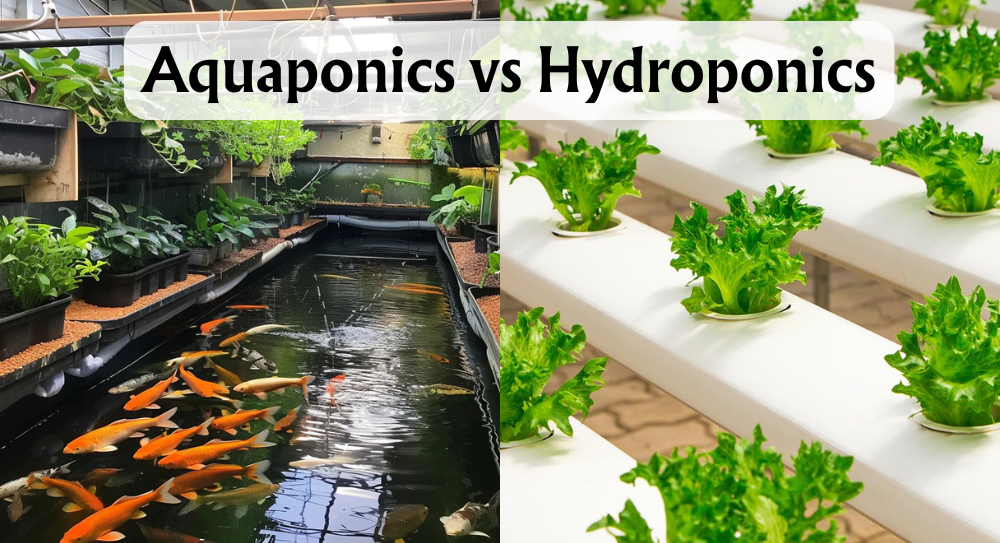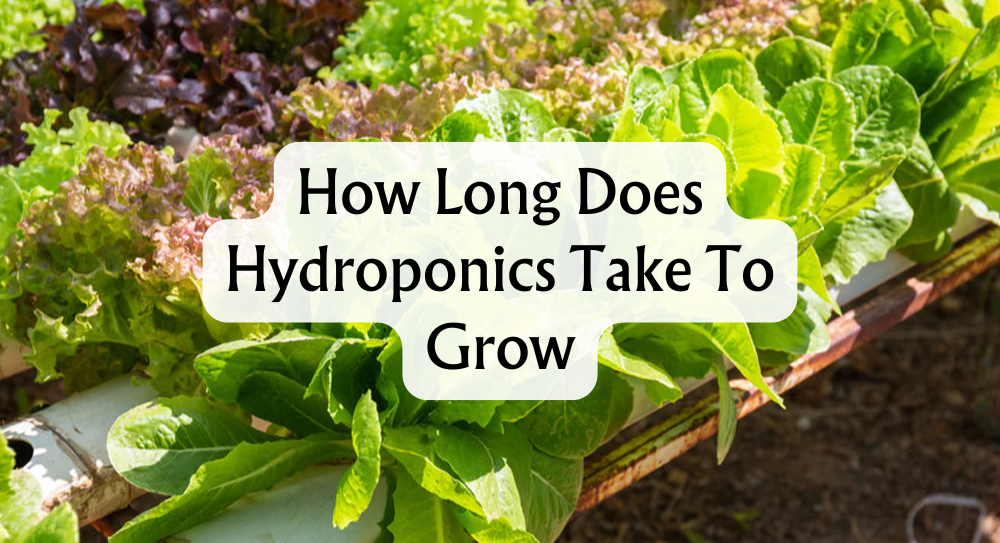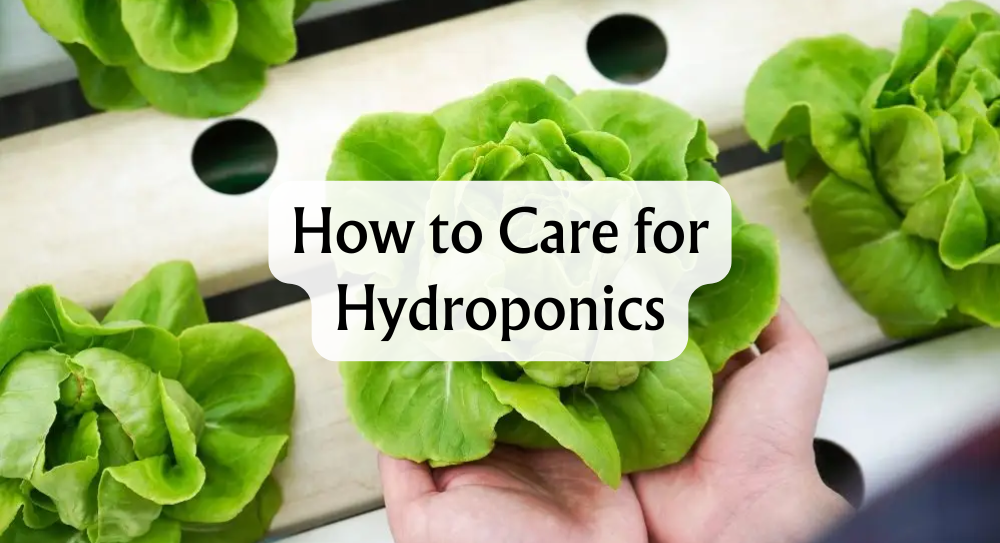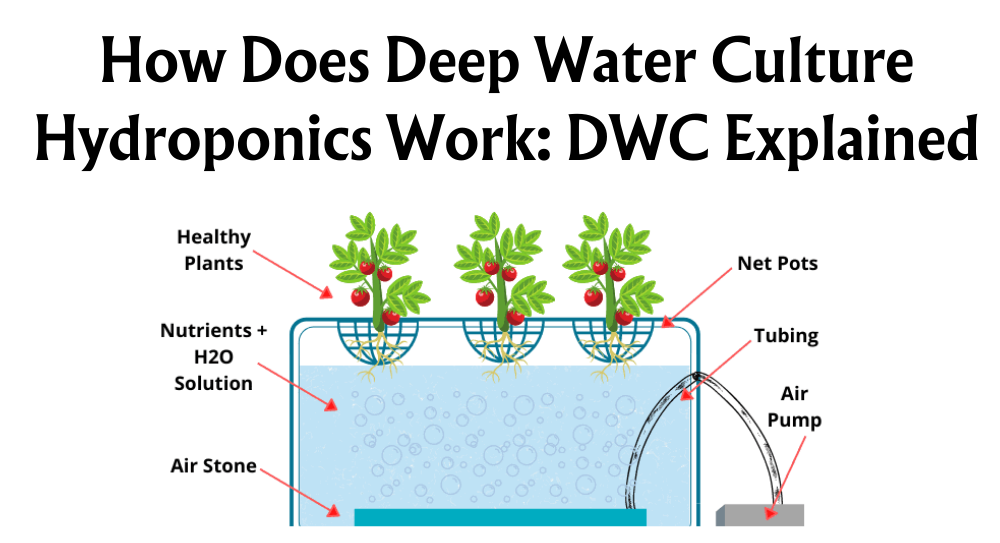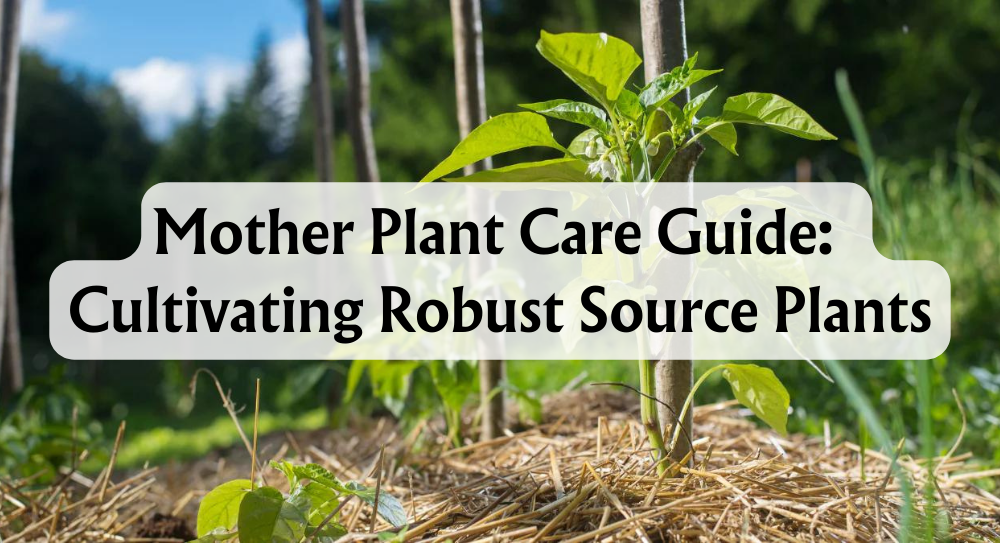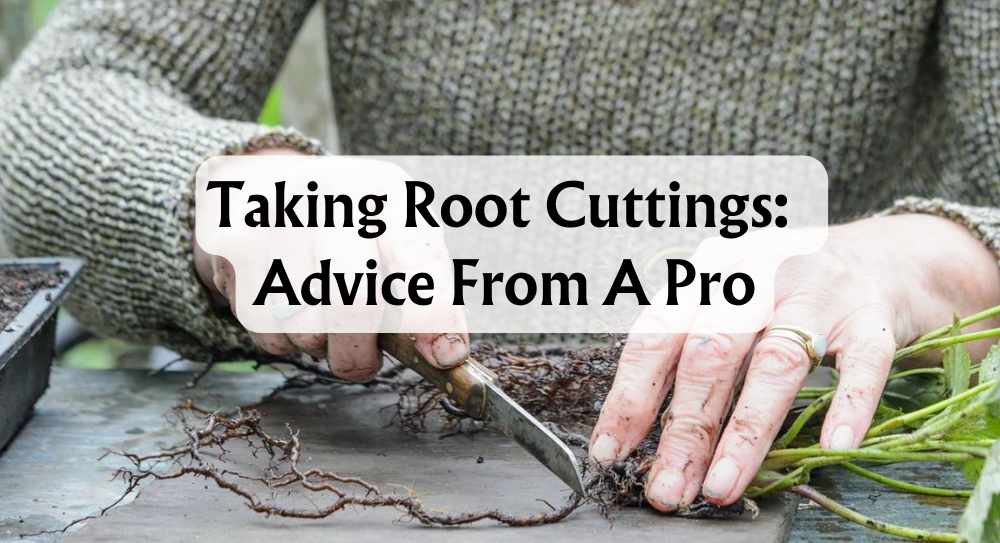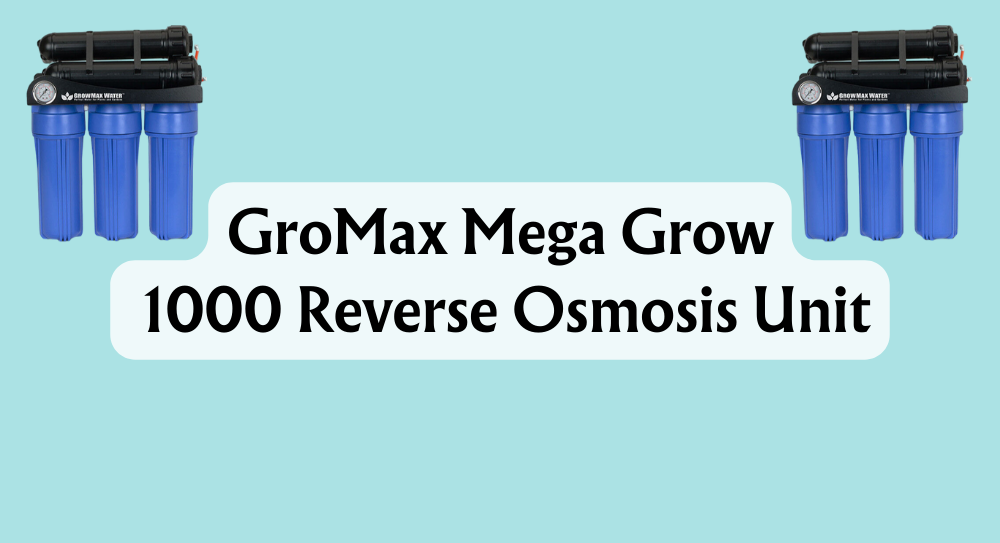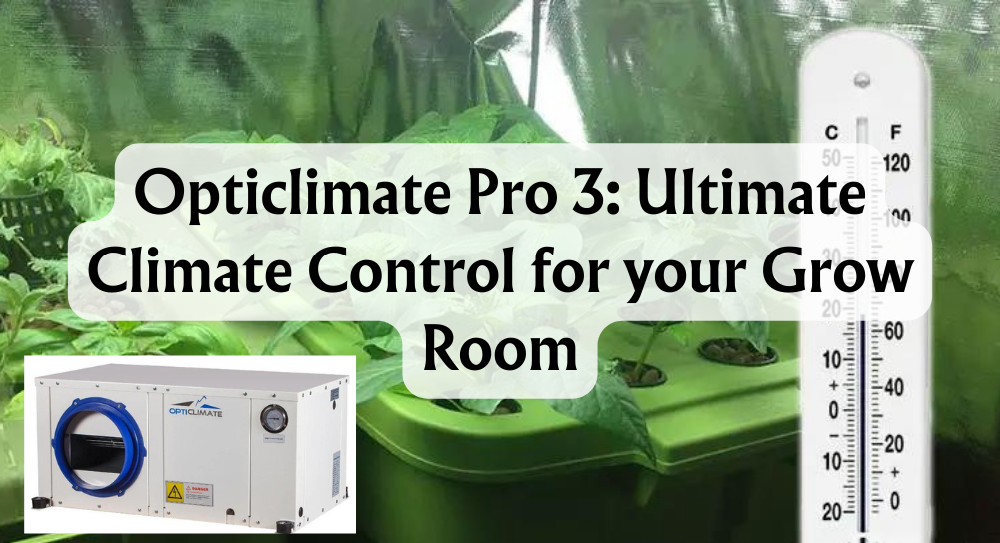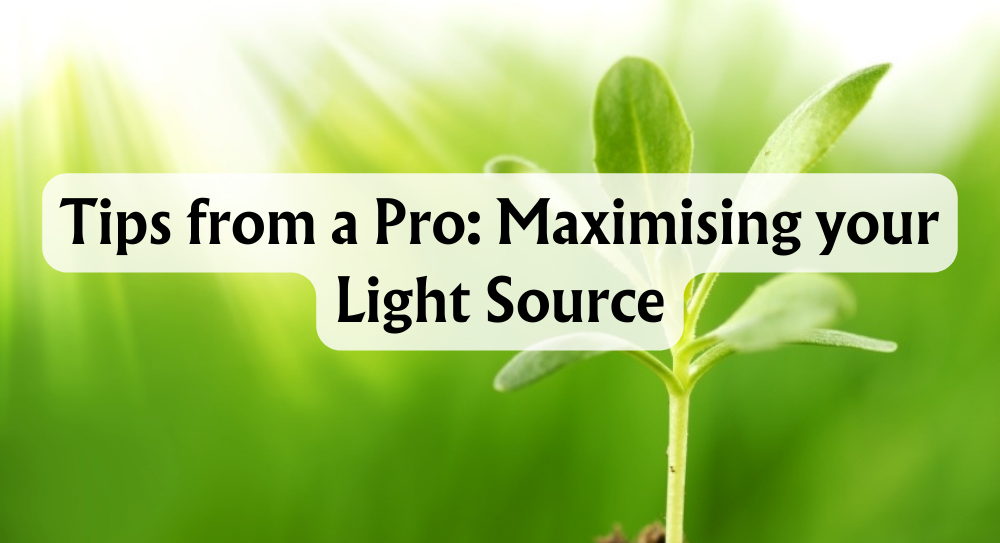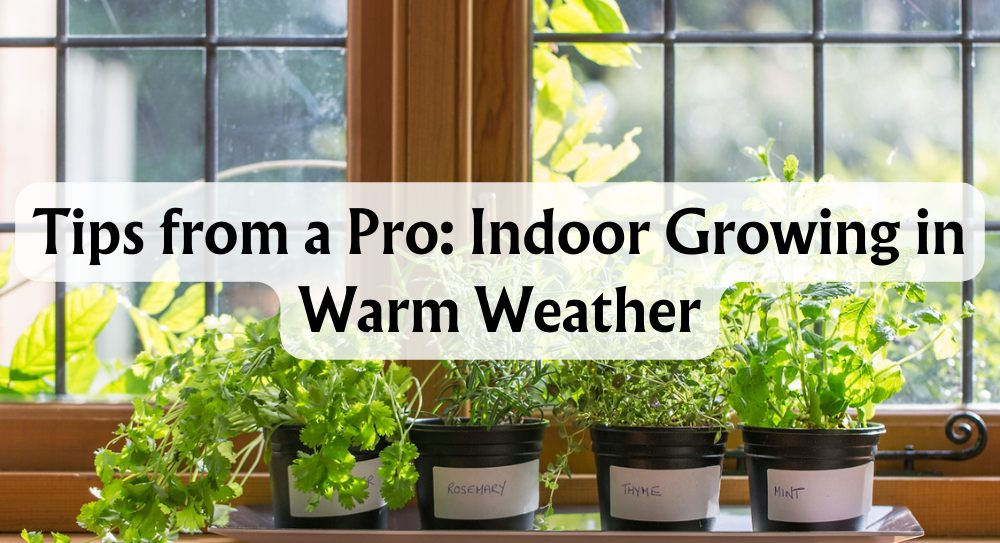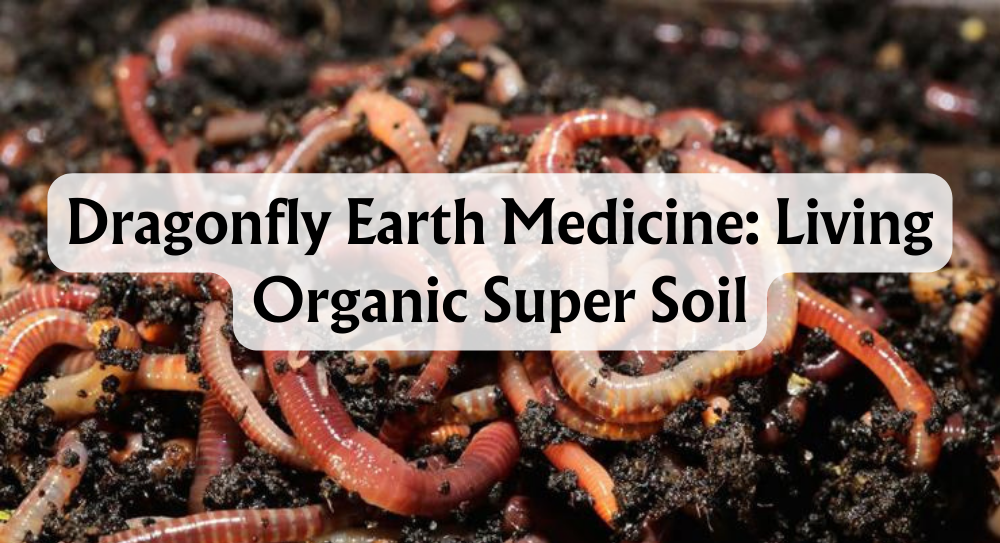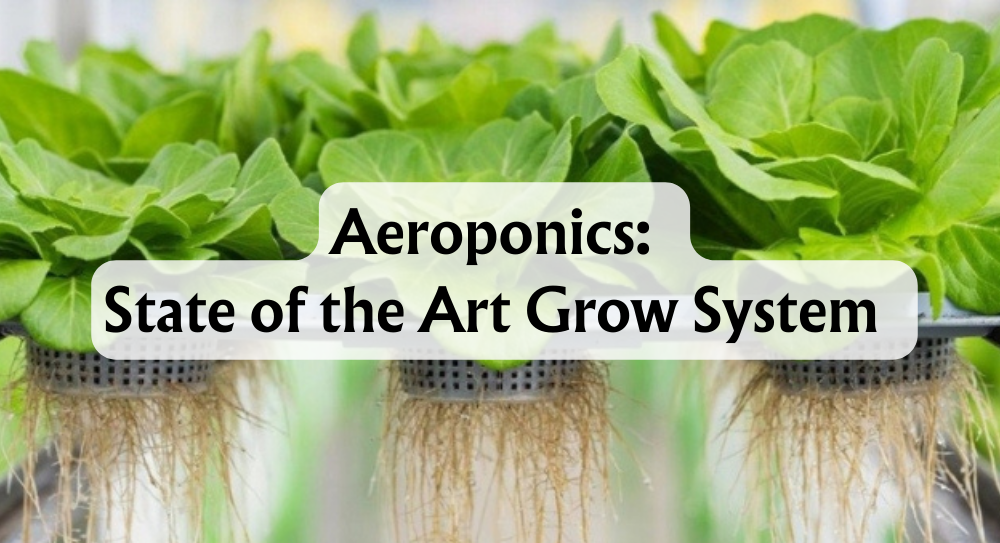The main difference between hydroponics and aquaponics is that hydroponics uses nutrient-rich water, while aquaponics utilises fish waste as a natural fertiliser. Both systems have been gaining traction for their efficiency and sustainability. They provide innovative solutions to modern gardening challenges by maximising space and resources.
So, are aquaponics and hydroponics the same? Not at all. While they might sound similar, each has unique components and benefits. Hydroponics is essentially just plant growing, whereas aquaponics combines the art of plant cultivation with fish farming. Both systems offer a sustainable method of growing plants without soil, conserving water and space. Which is better? Well, that depends on what you're looking for in a growing system. Trust us, by the end of this blog, you’ll know exactly which method suits your needs best.
What Is Aquaponics?
Aquaponics relies on a fascinating closed-loop ecosystem where fish and plants work together in a symbiotic relationship. Aquaponics works in a three-part cycle of efficiency:
Aquaculture Process: Fish are raised in a tank. Their waste breaks down into nitrates and ammonia, key nutrients for plants.
Plant Process: The plants, in turn, absorb these nutrients, effectively "cleaning" the water.
Recirculating: The purified water returns to the fish tank, keeping the fish healthy and happy.
This self-sustaining ecosystem is brilliant, a win-win for fish and plants. Plus, we get to enjoy the efficiency of it all. In aquaponics, there’s no need for added nutrients as the system supports itself.
What Is Hydroponics?
In hydroponics, plants obtain their nutrients directly from water, which is enriched with essential minerals. This means we don't rely on soil to feed our plants. Instead, we only need nutrient solutions tailored to each plant's specific needs.
There are numerous types of hydroponic systems to suit different needs. These include Deep Water Culture (DWC), Drip Systems, Nutrient Film Technique (NFT), Aeroponics, and Wick Systems, each offering unique benefits, systems components and designs.
Hydroponics caters to diverse urban gardening needs due to its versatility. We can optimise the nutrient needs of our plants, leading to faster growth and higher yields. Plus, hydroponics uses less water than traditional soil-based gardening.
Overall, hydroponics offers us a sustainable and innovative way to grow our favourite plants at home or even in a small apartment.
Aquaponics vs Hydroponics: System Components
Aquaponics
In aquaponics, the integration of fish and plants relies on a carefully engineered system. Each component plays a unique role in maintaining a healthy environment for both aquatic and plant life.
- Fish Tank
- Grow Beds
- Water Circulation System
- Bacteria and Biofilter
Hydroponics
In hydroponic systems, the key components ensure plants receive the nutrients they need efficiently in a carefully curated set-up.
- Reservoir
- Nutrient Solution
- Grow Medium
- Pump and Irrigation System
Disadvantages: Aquaponics vs Hydroponics
While aquaponics and hydroponics offer innovative solutions for sustainable farming, both systems come with unique disadvantages.
Aquaponics
When considering aquaponics, it's essential to weigh the disadvantages.
Setup Costs
Setting up an aquaponics system can be a costly affair. The system needs tanks, filters, pumps and these don't come cheap. Many of us initially get sticker shock when tallying up the costs.
Limited Crop Varieties
One of the quirkiest aspects of aquaponics is its love-hate relationship with certain plants. While leafy greens, such as lettuce and spinach, rejoice in this environment, root vegetables like carrots often sulk in silence.
Maintenance And Monitoring
Using an aquaponics system demands we're responsible for daily tasks that keep the whole system afloat. The daily chores of aquaponics typically include checking water quality, feeding fish, and ensuring the nutrient balance stays in harmony.
Hydroponics
While hydroponics offers a streamlined approach to plant cultivation, it comes with its own set of challenges.
System Failures
In the world of hydroponics, mechanical reliability is crucial. Our systems rely heavily on continuous power to operate pumps and other machinery. A power outage or pump failure means your plants might not survive long without water and nutrients.
Reliance On Synthetic Nutrients
Hydroponics might seem like a green solution, but there's a catch. Our plants depend on synthetic nutrient solutions, which can lead to chemical build-up in the system, complicating water reuse. This means more frequent water and nutrient replacement—expensive and less sustainable.
Disposing Of Nutrients
Handling nutrient disposal is another tricky part. Without a sustainable strategy, leftover nutrients can become an ecological nightmare. Nobody wants to turn their garden into a toxic waste zone!
Key Differences Between Hydroponics And Aquaponics
Let's dive into the differences between aquaponics and hydroponics! Both present an innovative method where plants are grown without soil, but what is the real difference between the two?
Startup Costs
Aquaponics typically has higher startup costs due to additional components like fish tanks, filtration systems, and biofilters. Hydroponics systems are generally simpler, requiring only nutrient reservoirs, pumps, and grow mediums, which makes them less expensive. However, aquaponics offers the dual benefit of producing both plants and fish, which can offset initial costs over time. Hydroponics, while more cost-effective upfront, focuses solely on plant cultivation.
Maintenance
When it comes to maintenance, aquaponics calls for balancing the needs of fish, bacteria, and plants. Hydroponics simplifies this by concentrating on nutrient delivery and plant care. Both systems demand attention, but aquaponics is a bit more of a multitasker.
System Complexity
Aquaponics adds a layer of complexity as it requires us to care for both plants and fish. Hydroponics, on the other hand, keeps things simpler by focusing solely on plant health. This difference might sway commercial growers in their choice of system.
Types of Produce
Aquaponics is ideal for leafy greens like lettuce, kale, and herbs, as well as some fruiting plants like tomatoes and peppers, though it requires careful nutrient balance for optimal growth. Hydroponics, with its precise nutrient control, is well-suited for a broader range of crops, including strawberries, cucumbers, and root vegetables like radishes.
Nutrient Source
In hydroponics, plants thrive on nutrient-enriched water with synthetic solutions. Aquaponics, however, harnesses the power of nature. Fish waste provides an organic nutrient source, thanks to the symbiotic relationship between fish, plants, and bacteria.
Water Usage
Water efficiency is key. Aquaponics reuses water, making it a sustainable option. The water circulates between fish and plants, reducing waste. Hydroponics is a highly water-efficient growing method but some systems run on reservoirs/water butts and not all are recirculating. It should be stated aquaponics takes the lead in sustainability overall.
Temperature
Temperature management for aquaponics requires a balance to support fish health (usually between 20–30°C) and optimal plant growth. This dual requirement may limit plant choices in aquaponics, as some crops prefer cooler or warmer temperatures than fish can tolerate. Hydroponics offers more flexibility, allowing precise temperature control tailored exclusively to the needs of plants, typically around 18–23°C for most vegetables.
Disease & Pest Control
Disease and pest management in aquaponics is more complex, as chemical pesticides and treatments can harm the fish, requiring natural or biological controls to protect both plants and fish. Hydroponics, with its soilless environment, minimizes soil-related pests and diseases but still requires vigilance against waterborne pathogens and fungal infections.
Yields and Plant Growth
Some have found hydroponics resulting in faster plant growth due to precise nutrient control. However, aquaponics brings the added benefit of raising fish. Once an aquaponics garden is fully established, typically after about six months, plant growth tends to be slightly more efficient and faster compared to a hydroponics system.
Choosing The Right Option For You
When deciding between hydroponics and aquaponics, it's crucial to consider your goals, available resources, and expertise. Some systems suit certain needs better than others, whether you're growing in a flat or have abundant outdoor space.
Resources and Space
Space and resources play a big role too. Do you have a sprawling garden or a little balcony? Aquaponics generally demands more room due to the fish tanks involved. It’s ideal if you have a backyard or a spacious patio. Meanwhile, hydroponics can work its magic in smaller areas. Many enthusiasts have built compact hydroponic systems right in their flats or balconies. Just weigh up your available square footage and water capacities when choosing the best fit for your set-up.
Desired Produce
Aquaponics shines when cultivating leafy greens like lettuce or chard. Many growers report dazzling results with these in aquaponics setups. On the other hand, if you're after flowering plants or herbs, hydroponics might just be your cup of tea. Folks have successfully sprouted everything from basil to peppers in hydroponic environments.
Level of Expertise
For newcomers, hydroponics might be a gentler start. While nutrient levels need regular checking, the learning curve isn’t as steep. Aquaponics requires more finesse—balancing fish care alongside plant nutrition is no small feat. Understanding water chemistry and sustainable farming practices is essential here. However, the payoff is a more organic approach to gardening. For those up for the challenge, the rewards include not just fresh produce but fish too!
Conclusion
As we wrap up our exploration of hydroponics and aquaponics, it's clear that both systems offer distinct advantages and challenges. Choosing between the two ultimately boils down to your specific goals and resources.
Aquaponics offers a holistic, integrated approach to sustainable farming, emphasizing resource efficiency, minimal waste, and the potential for organic produce. While its advantages are significant, the system’s complexity and higher initial costs require a greater investment of time and knowledge.
Hydroponics, by contrast, stands out for its simplicity, adaptability, and lower startup costs. It is well-suited for producing rapid, high-density yields in controlled environments, making it ideal for those seeking to maximize space and achieve quicker harvests. However, its reliance on external nutrients and the need for precise monitoring introduce its own challenges.
There's a learning curve with both systems, no doubt about it. What works for some may not work for others, and experimenting is part of the fun. Whether you're a seasoned gardener or just starting out, there's always something new to learn.

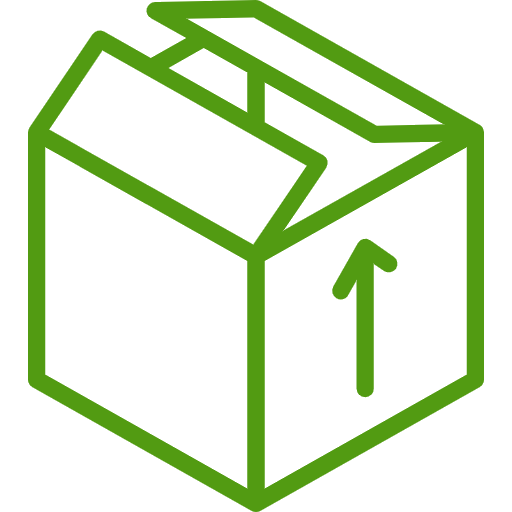





 Store Locator
Store Locator
